From a recent trip to Mauritshuis, a house-turned-museum in The Hague. The curators say that the house was built with profits from slavery in Brazil, but apparently they refuse to give the house to Brazilians who are descended from slaves and then pay rent:
A few additional photos of/in the museum:
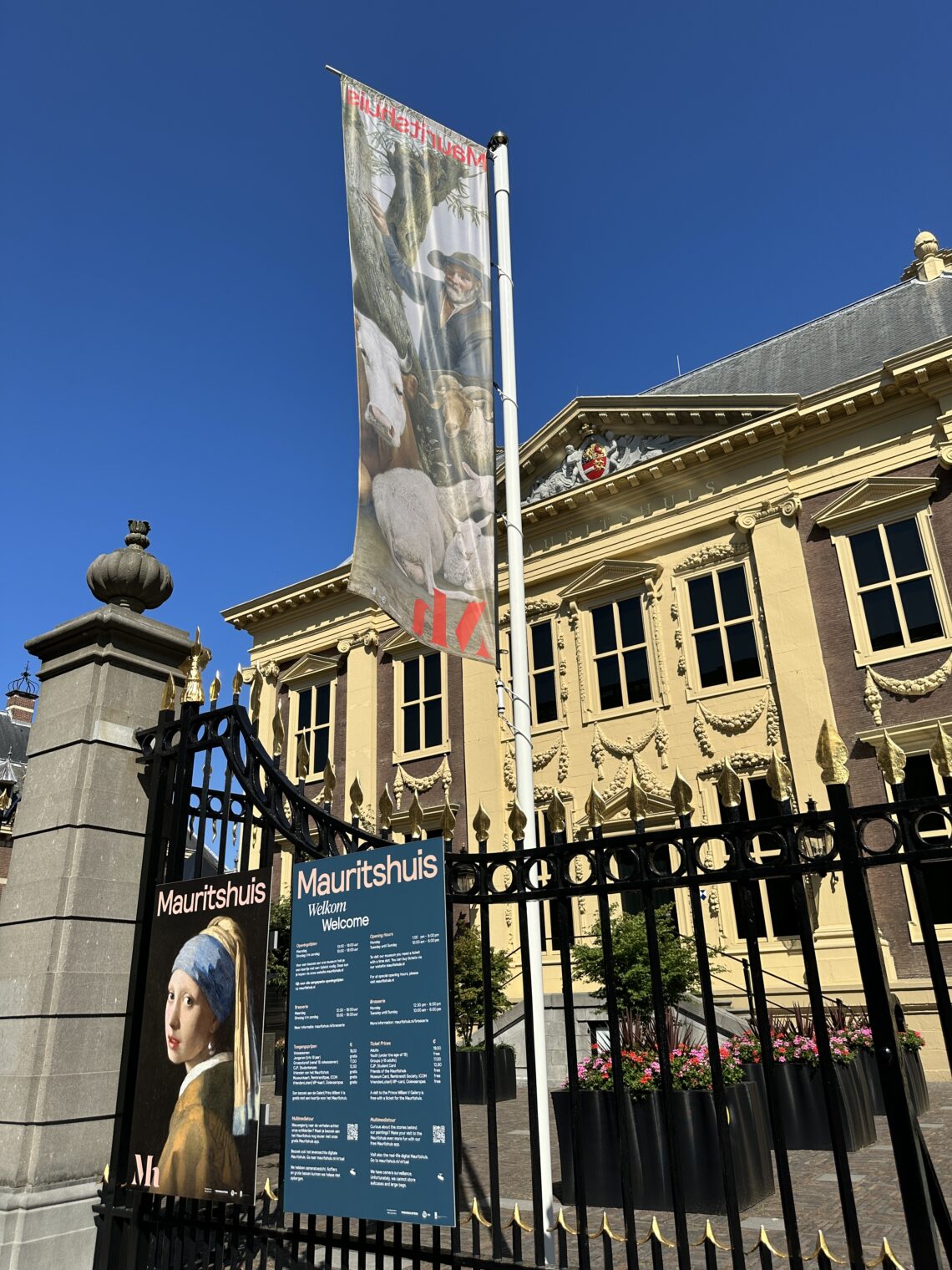
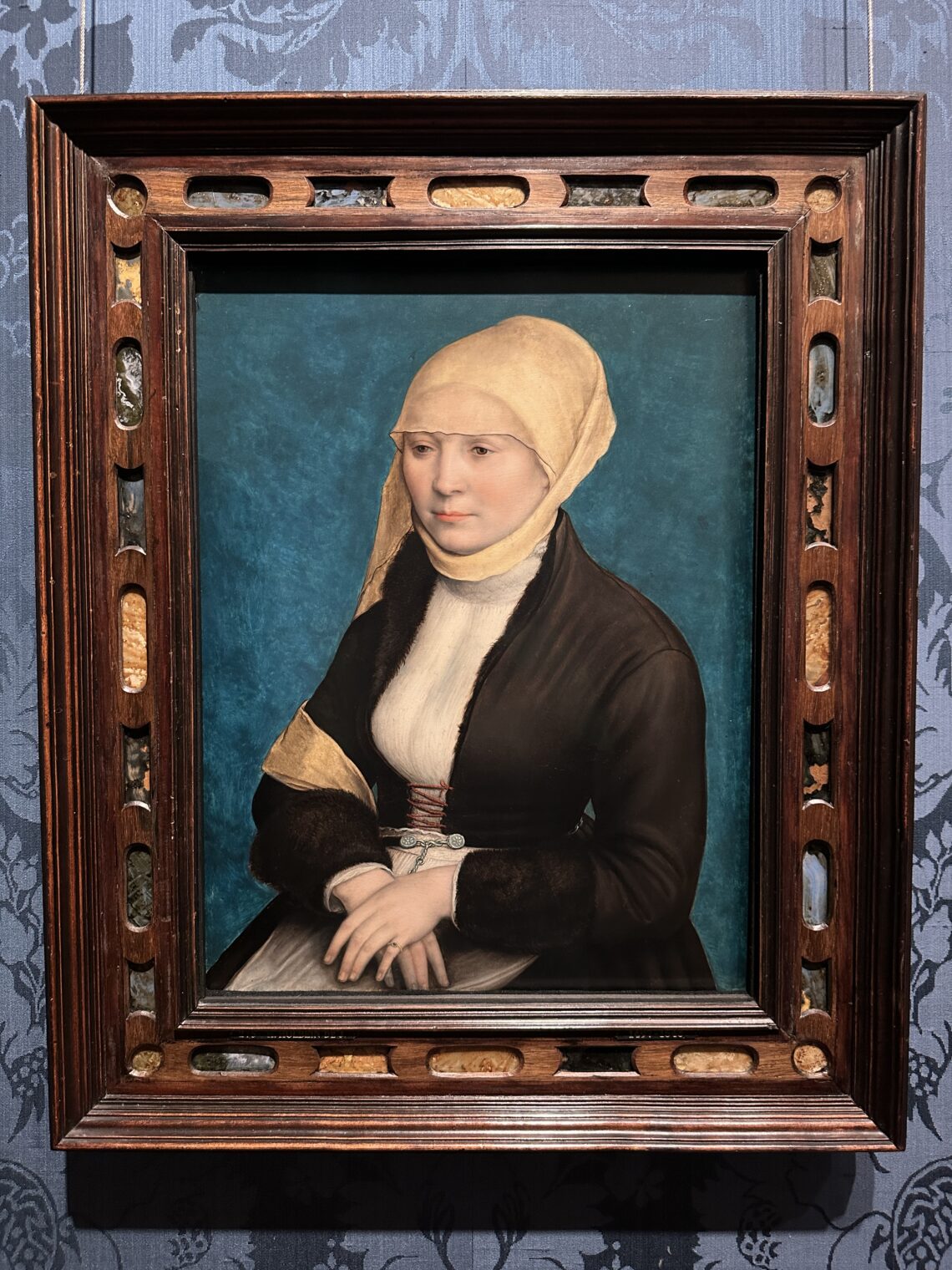
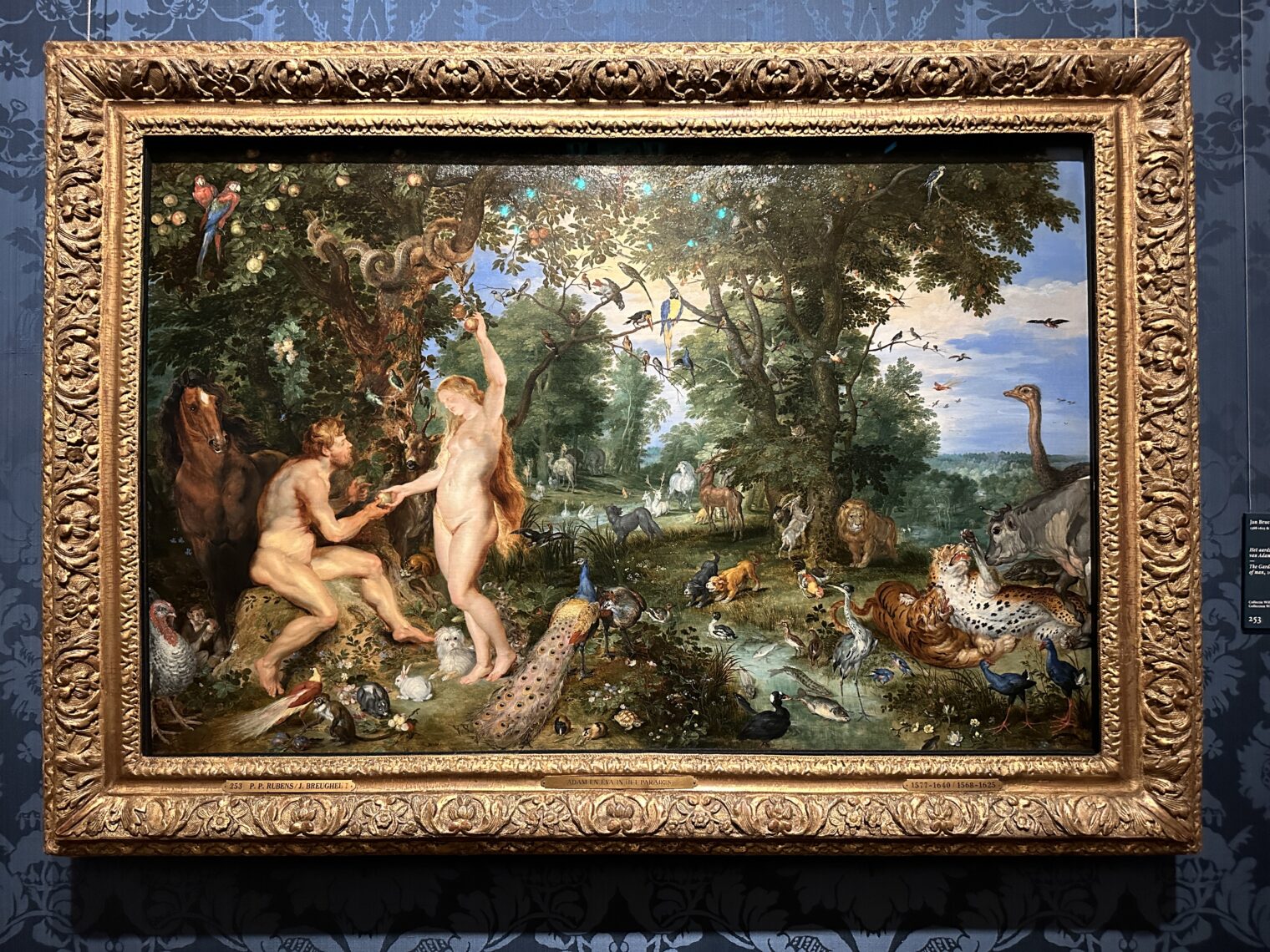
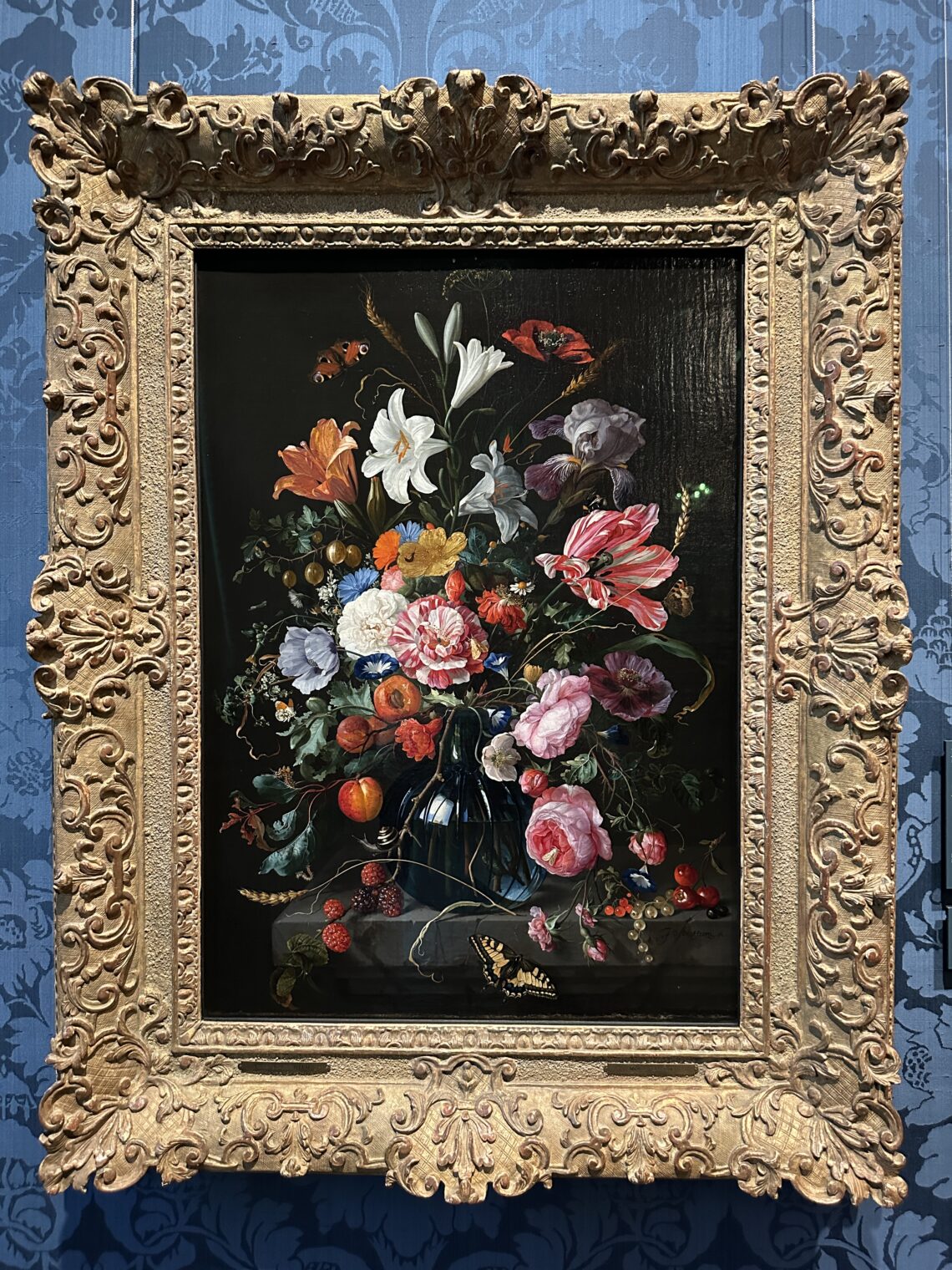
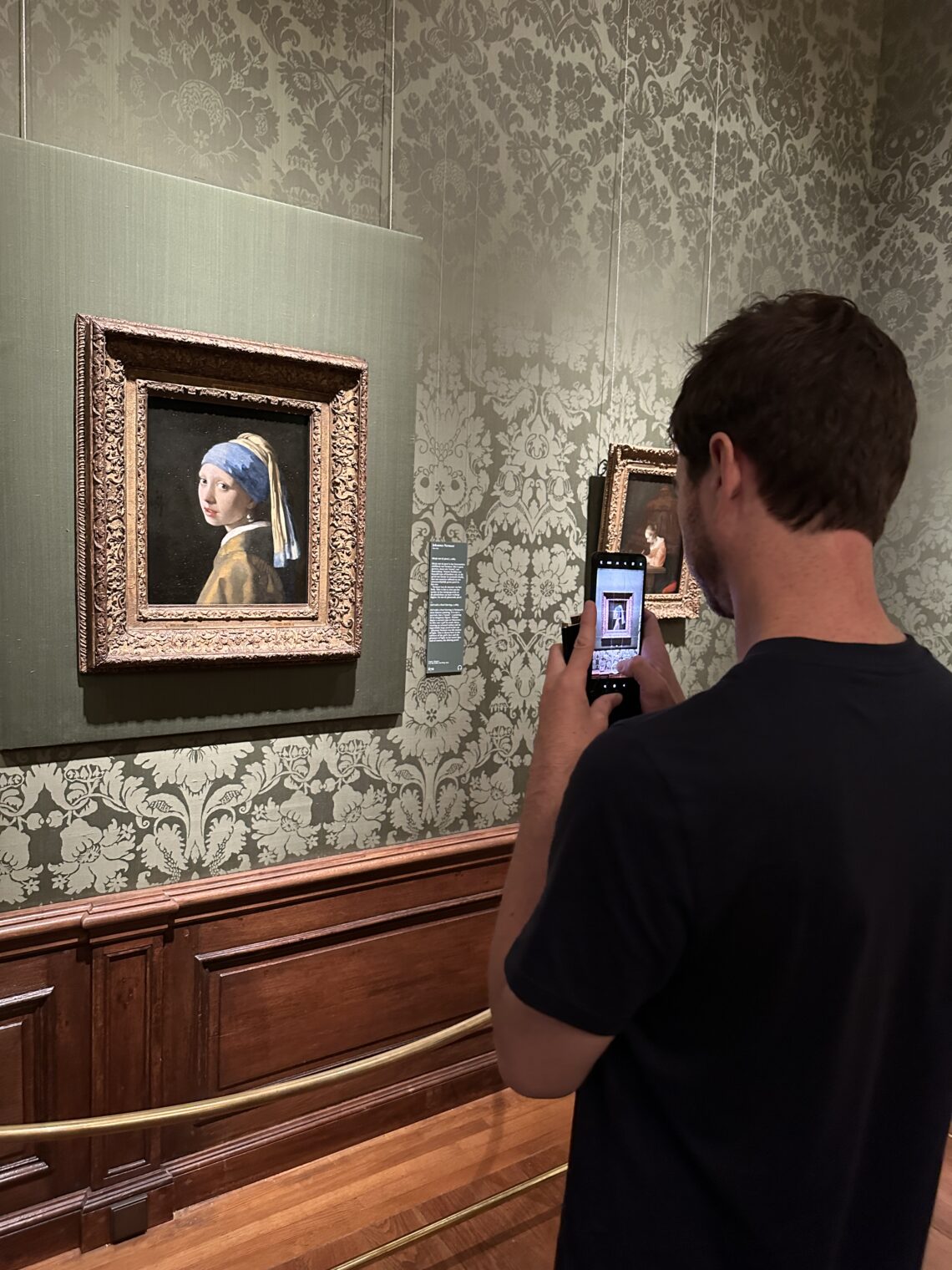
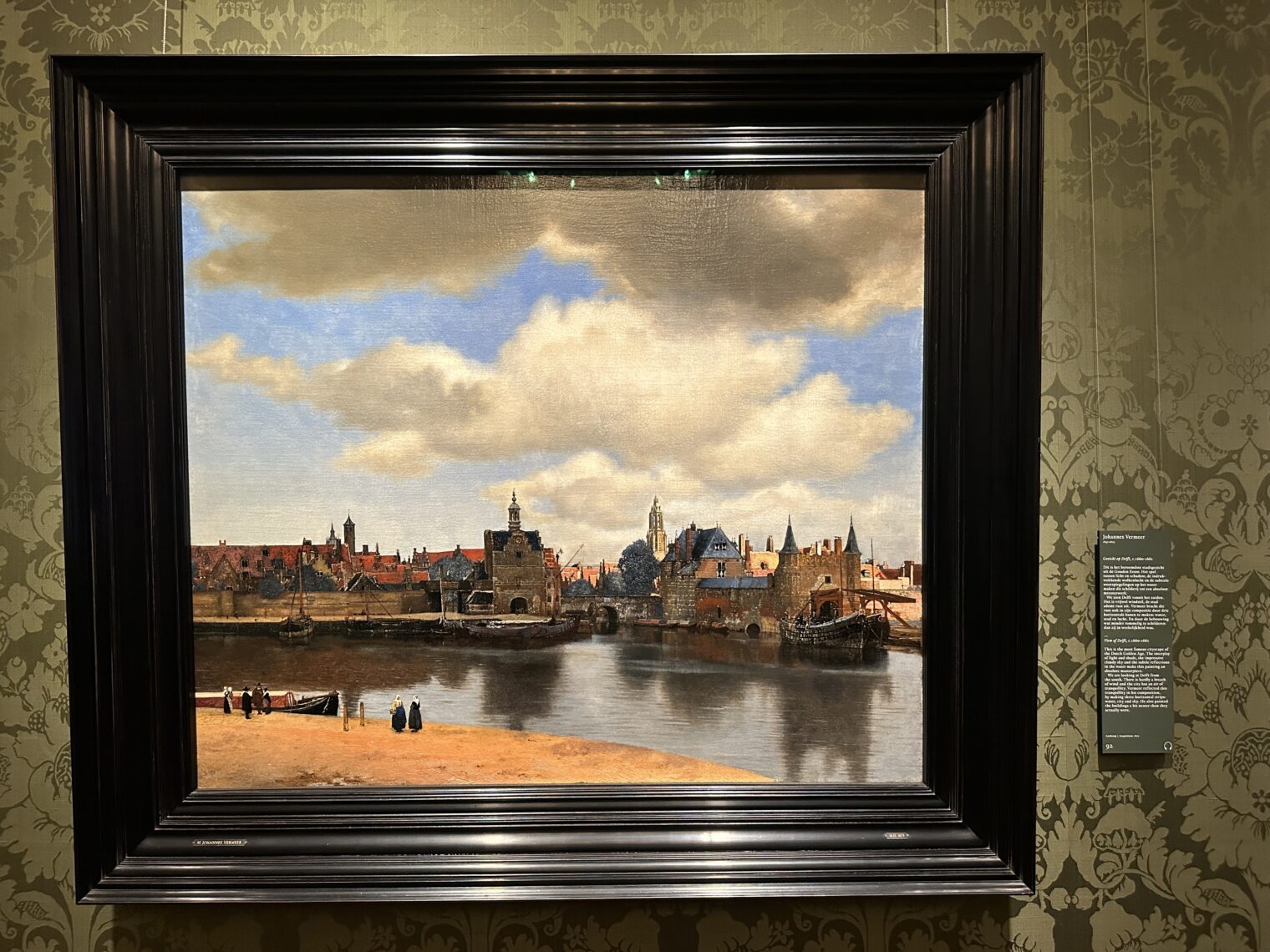
The most famous Vermeer was pressed into service for righteous shops, reminding customers to wear a mask:
Speaking of disease, the museum has a great Rembrandt, The Anatomy Lesson:
The other big art experience in town is Panorama Mesdag, which convinces you that you’re standing on a dune using the best technology of 1881. The foreground is real sand:
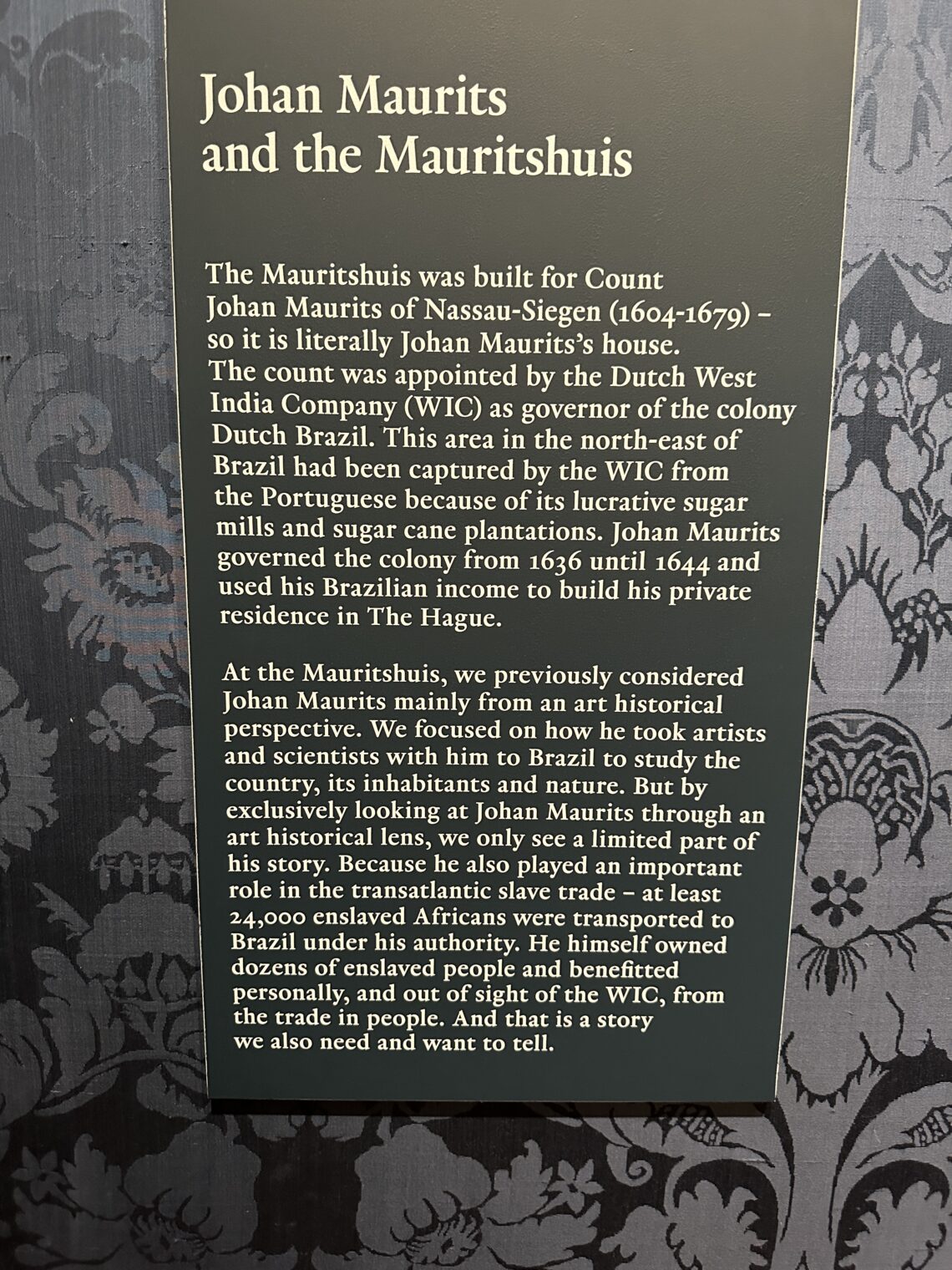
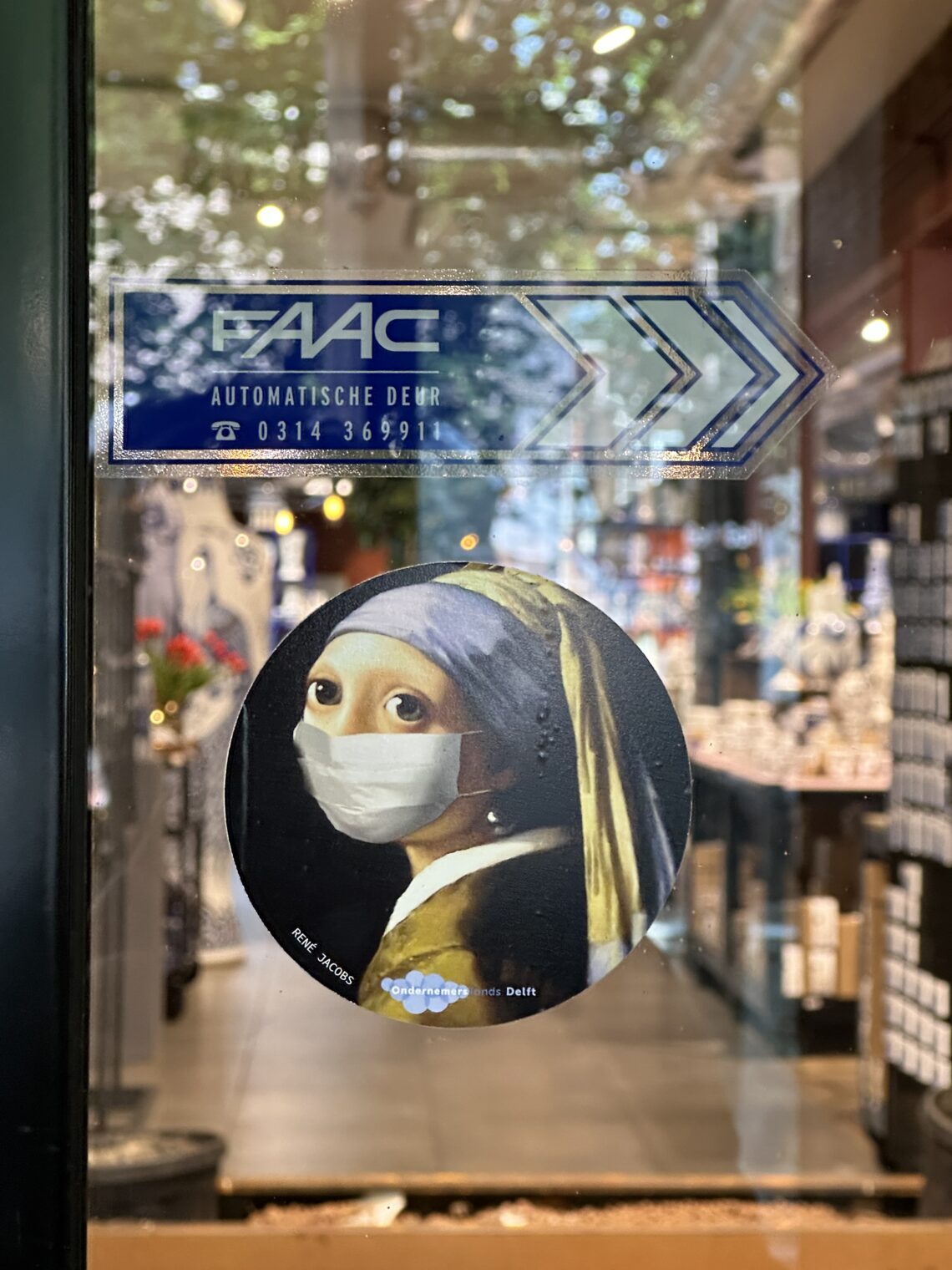
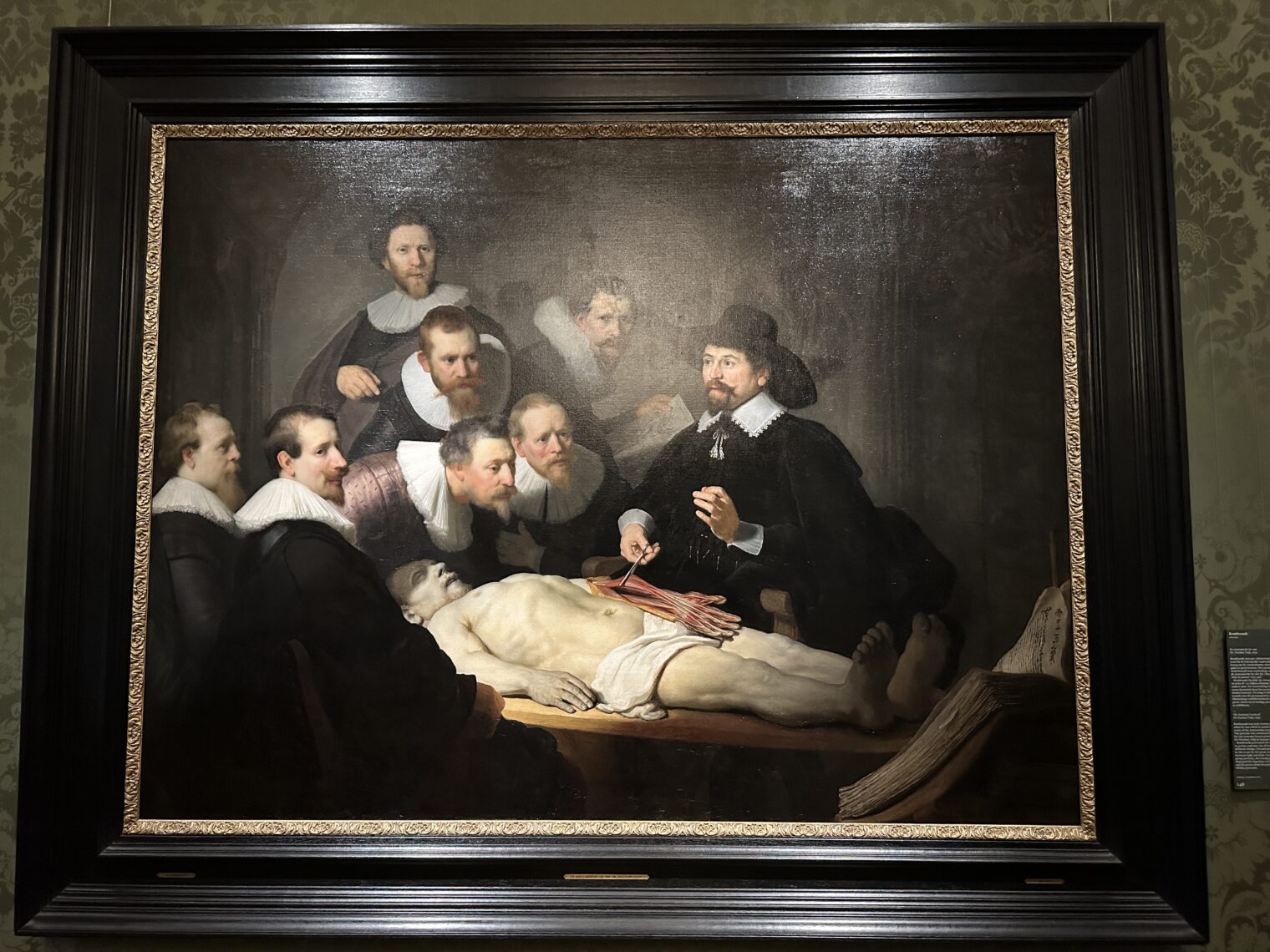
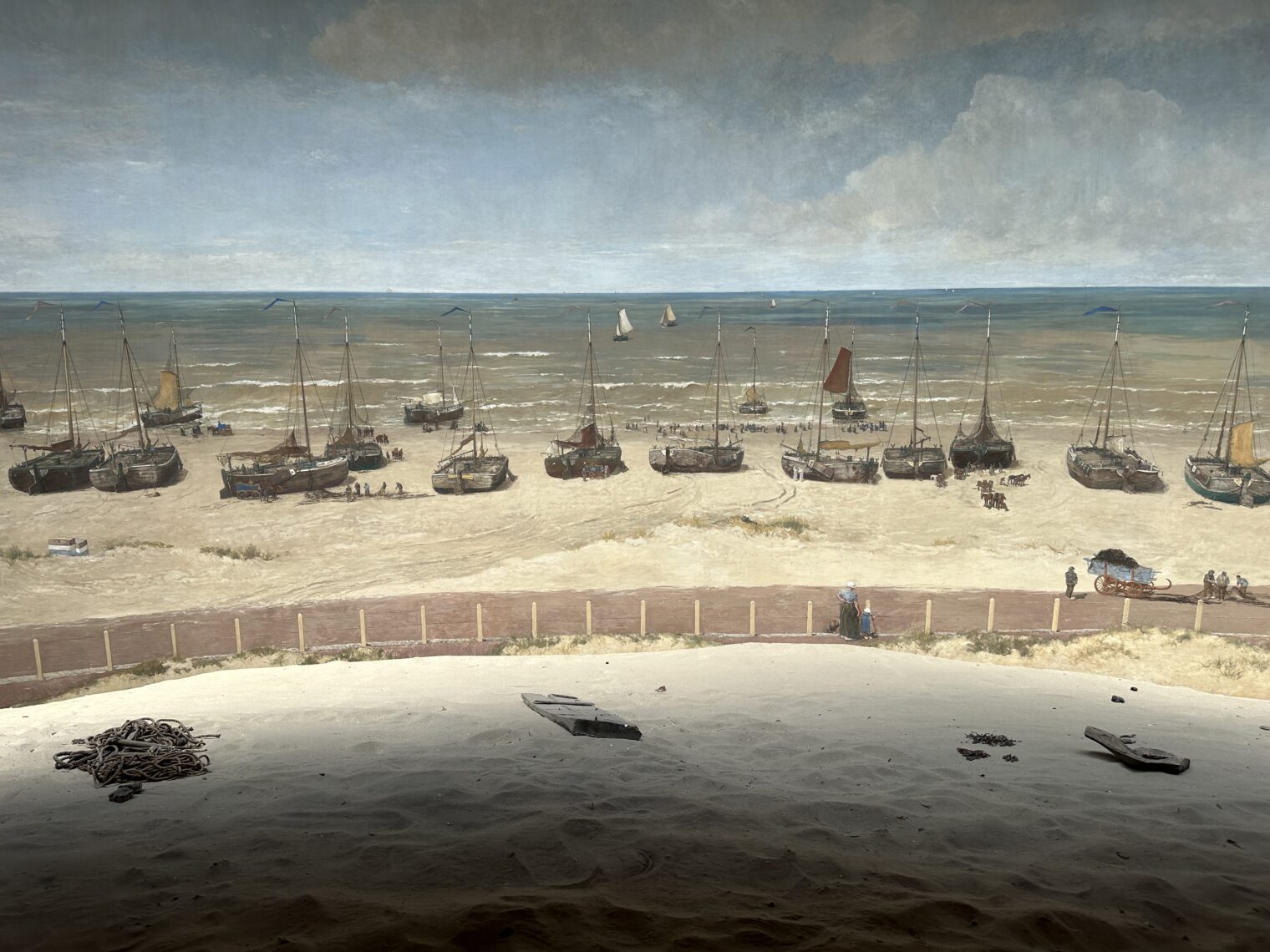
We all know global warmingz will raise sea levels (inches per century!), flooding all coastal cities. And yet, over the last 900 years the Dutch have reclaimed 7800 square km from below the sea, turning it into farmland and cities. And they did it without modern technology or machinery or hysteria. Weird, right?
Paintings by 17th century Dutch masters represent one of the pinnacles of Western Civilization.
Brazil was a Portuguese colony (except towards the very end when Portugal became a dependency of the Brazilian Empire). The Dutch colonies were Indonesia, Guyana (now Suriname) and some other Caribbean islands like Saint-Maarten, and they were just as rapacious as any other European empire via the VOC, the Dutch East Indies Company, which was actually more successful than the better-known British East India Company.
In my experience that doesn’t stop the Dutch, who pride themselves on speaking frankly, from berating other Europeans for their colonial pasts and posturing as the conscience of humanity, demonstrating a total lack of self-awareness.
The absolute worst colonial empire was the Congo, which was the personal property of the King of Belgium Leopold II. The atrocities committed there inspired Joseph Conrad to write “The Heart of Darkness”, which in tuen inspired “Apocalypse Now” among others.
The Dutch occupied the NE corner of Brazil, around Recife, as part of their liberation war against the Spanish Empire, which at the time of Philip II encompassed Portugal. This is what the pictured tablet is describing. The Portuguese split from the Spanish and Portuguese Brazilians subsequently ousted the Dutch, leaving them, from 1654, to concentrate on civilizing/looting the colonies listed above.
The masked girl with pear earring looks like she is kidnap victim.
…which, in some sense, she is.